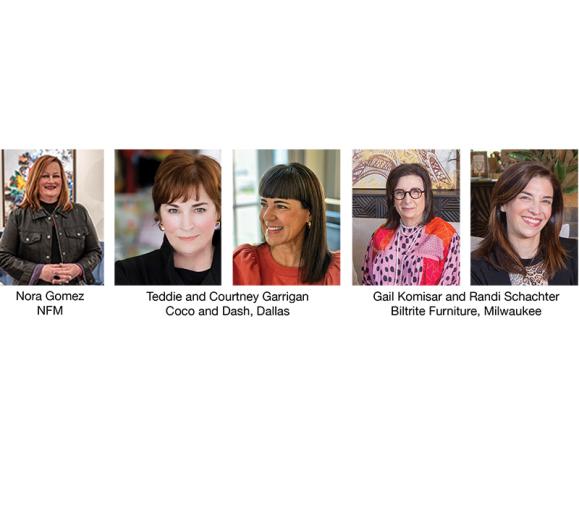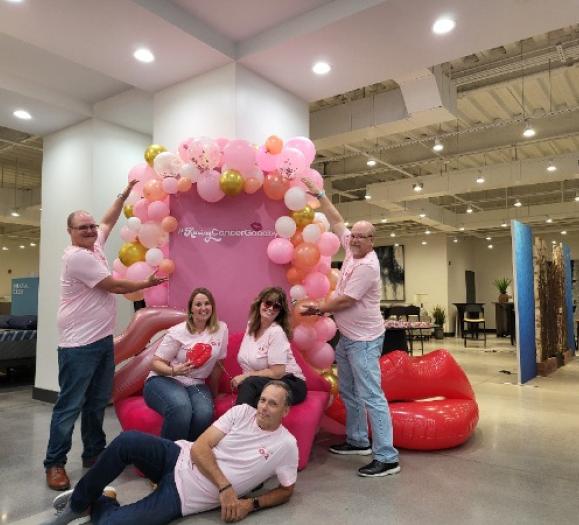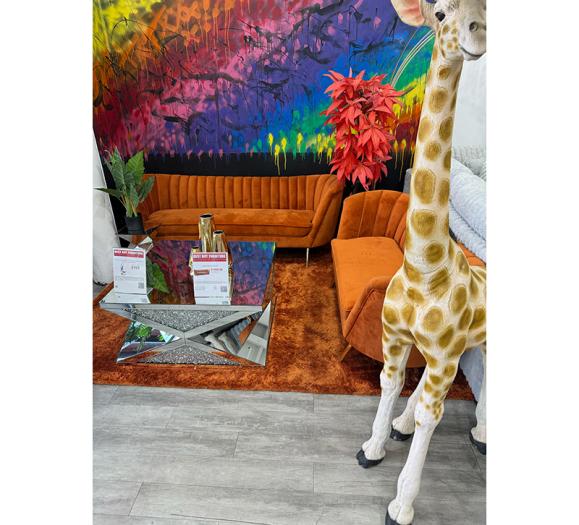Good morning.” “Good afternoon.” “Good evening.” According to The Retail Doctor Bob Phibbs, this simple customer greeting is far more effective than the standard, “Can I help you?” Why?
At September’s American Lighting Assn. conference, Phibbs, who gave the first-day keynote address followed by an in-depth workshop, shared his advice to help create the optimum in-store customer experience. He explained why, with the correct approach, engaging shoppers in-store still provides maximum opportunity. A storefront is “the golden spike” if you’re doing it right, he notes, even in today’s era of online shopping convenience. Customers acquired offline have five times more value than customers online.
And yet, one lament Phibbs hears from retailers is that online retailers are cutting into in-store sales. It doesn’t have to be that way, he says. Customers buy online because the process is typically fast and frictionless. “Online is about the transaction,” Phibbs says. “I go into a store to shop, and shopping shouldn’t feel like work.”
He adds that the key to engaging customers can be pared down to one word: experience. “Price doesn’t make something a good value,” he adds. The potential in a store is the feeling the customer walks away with. “Customers never forget how you make them feel,” he adds.
While a new approach can take time and training, Phibbs advises that retraining sales associates to interact with customers effectively is well worth the effort. “Sales is not something you do to someone,” he says. “It’s something you do with someone.”

Start Off Strong
When a customer walks into a store, they need to know that the sales associate approaching them has time for them “right now.” The key to converting a shopper, Phibbs says, is to create an experience of “childlike wonder.” Connect to the “heart, not the head.”
He offers a four-pronged approach to that connection: Stop, Look, Approach and Engage.
When a customer enters a store, you want your sales associates to assess where that customer is in the buying process. Roughly 60 percent of consumers are in the awareness stage, 30 percent are at the consideration stage and 10 percent are ready to make a decision.
So how do you connect with and convert the 90 percent of customers who aren’t ready to buy just yet? It starts at the beginning with the greeting. How many sales associates approach a customer with, “Can I help you?”
Phibbs says this gives the customer the opportunity to say no right at the start of their experience, making them less likely to engage. A better approach, Phibbs suggests, is a simple “Good morning,” which allows for an exchange with no expectations. In home furnishings and lighting showrooms, to get your customer connected, you can take that a step further: “What room gets a makeover today?”
Once that initial exchange has happened, find a way to compliment your customer. “People buy people first,” says Phibbs, and it’s important to establish a “window of contact.” A compliment is the starting point, but it has to be authentic, and from there it’s important to share an experience, learn more about your customer and continue the conversation. Teach your sales associates to be curious, and be wary of asking questions with yes/no answers. Another way to engage customers is by having associates offer a store tour. This helps customers understand what it is you do and helps them feel comfortable and connected.
Closing the Sale
Understanding the products builds your associates’ confidence, but they need to help the consumer understand what your products can do for them rather than just sharing features. In lighting, create a station where your salespeople can demonstrate capabilities, and have the add-ons on hand to make that demonstration — and sale — even more effective.
To thwart objections, continue to connect with the customer. Repeat back what they’ve told you. Don’t cut prices, and don’t sell from your own wallet. Don’t assume that a customer doesn’t have the money to spend on something because you wouldn’t be able to afford it. If they decide to wait, offer to text them more information (and now you have their contact information).
“Your customers do want to buy more from you,” says Phibbs. “You’ll increase sales when you exceed customer expectations.” And really, what that takes is a connection.







